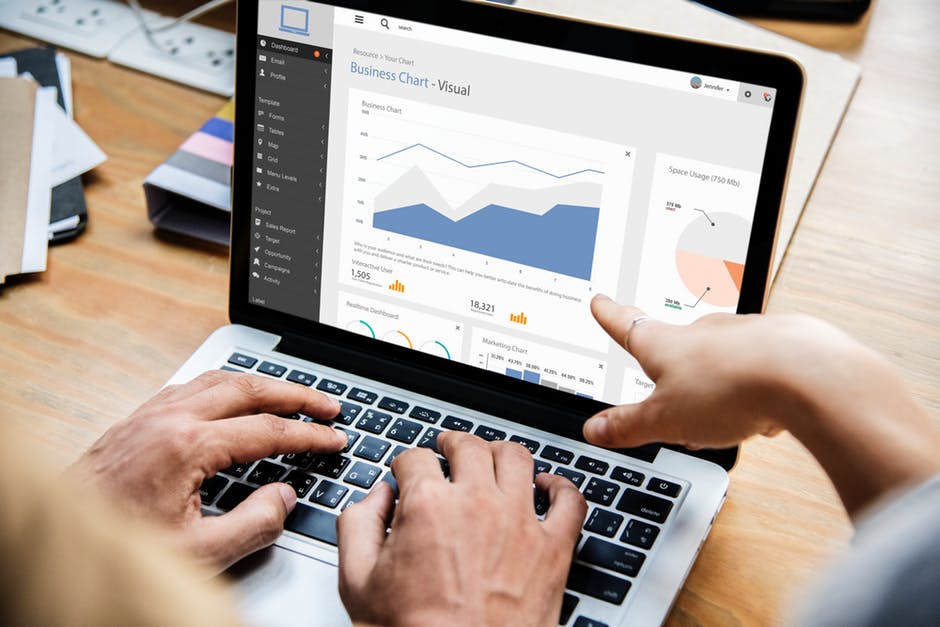You can’t afford to not collect data for your business. In fact, 6 out of 10 organizations report that big data gives their company a competitive advantage.
If you don’t currently have a data collection plan that is working for you, then you need to dedicate the time to create one. But don’t jump into this endeavor without first knowing what you’re collecting and why. Keep reading to learn the best practices you need as you follow the data.
Best Practices for Your Data Collection Plan
If you’ve ever sat with a potential investor, you know that they love to see reports with detailed business data regarding your business. Don’t shy away from these conversations. You can benefit and grow from gathering data for your business so you can track and attain your goals.
From customer data to sales history and billable hours, you need to know the key data points for your business. And there are certain best practices you must follow so you don’t make mistakes in your data collection.
1. Know What You Want to Measure
Before you jump in and start gathering every data point regarding your business, take a moment to brainstorm what data is relevant and important.
If you’re tracking sales history, you not only want to measure your sales but also where your top customers found you. This secondary information allows you to make informed decisions about your marketing plan.
2. Understand Why You’re Collecting the Data
Again, you’re not collecting data simply for the sake of reporting numbers to shareholders. You need to know why you’re gathering certain information. Understand how these types of data will help you going forward with growing your business.
3. Determine How and Where You’ll Collect the Data
As you start gathering information, you’ll need to decide how and where you’ll store that information. A key factor is deciding who will need to access the information and if they’re on-site or not.
If the majority of your team is remote, then a cloud-based DMaaS database will likely be the best option for you. However, if you have a small team that is mainly on-site, then a simple spreadsheet might suffice.
4. Follow a Data Management System
Nothing will hurt you more in your data collection plan than not following a clear system. Anyone on your team should be able to not only find, categorize, and store the data but they should also be able to find it with ease.
Create detailed checklists and policies with steps for your team so they’re sure to catalog everything uniformly. Regardless of your system, be sure to stay consistent. This will ensure that everyone knows where to find the information they need.
All Others Bring Data
Renowned economist W. Edward Denning is famous for saying, “In God we trust, all others bring data.” This still stands true decades later.
Don’t delay in beginning your robust data collection plan. Follow the best practices above, and you’ll have the data you need to grow and scale your business.
Here at Voice and Data, we pride ourselves on being a one-stop shop for our clients. We can provide the level of service you need using your preferred carriers. Contact us here to learn more about how we offer best-in-class, yet cost-effective, services to our clients every day.


























